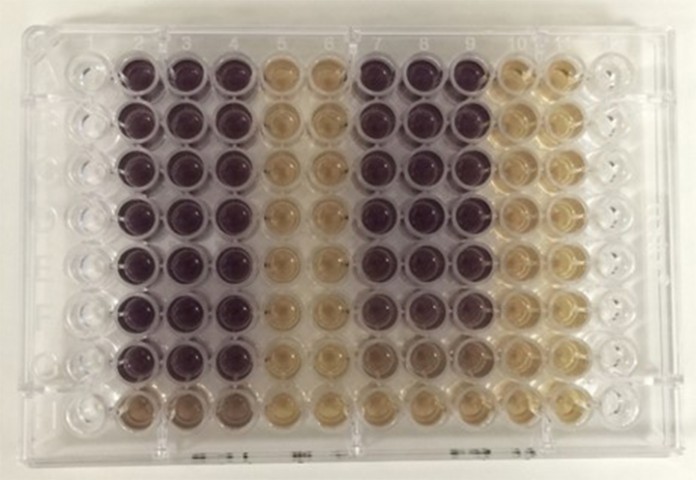
In light of Baylor’s Undergraduate Research and Scholarly Achievement week, Baylor’s Undergraduate Research in Science and Technology organization, BURST, released the Scientia 2016 journal.
The journal is designed and edited completely by students and features research done by undergrads studying STEM fields at Baylor.
“We are really just there to highlight and show people in Baylor and outside of Baylor the really high-quality research undergraduates are doing,” said Lewisville senior Jade Connor, the vice president of Scientia.
The journal is in its third year of publication and features research about cancer, therapeutics for parasitic diseases, turbine blades and statistical distributions. Each year, the journal has been growing to include more diverse research among STEM fields.
“We get a lot of really high-quality abstracts and articles, so it makes it really easy for us to select them,” Connor said.
This year, Scientia teamed up with a student in the art department who helped them design the front cover of the journal. Connor said it was exciting to see how much better this year’s journal’s cover was from past covers and to involve other parts of campus in the publication.
“The response has been really good,” Connor said. “We are still trying to get the word out to professors and undergraduates, but so far, people have been impressed about the quality of the journal and the quality of the submissions we have in the journal.”
Connor said she is hoping the publication will get people excited for research and show that it is something feasible for undergraduate students to accomplish.
“I think, as an undergrad, research is something that is looming in the background, and I want to show people that good research is being done by undergraduates,” Connor said.
CANCER RESEARCH
Working with the M.D. Anderson Cancer Center’s Division of Internal Medicine, Richmond junior Oluwatomilona “Tomi” Ifelayo researched how C188-9, a STAT3 inhibitor, could be used to cure rates for Head and Neck Squamous Cell Carcinoma. STAT3 is a protein prevalent in about half of cancers.
Ifelayo worked to see how C188-9 killed cancerous cells and at what concentrations the cells would die. She did this by using a purple dye in the live cells that would turn yellow once the cell had been killed.
Ifelayo’s goal in her research was to figure out at what point 50 percent of the cancerous cells were killed by the C188-9, to determine a benchmark for how much of the inhibitor will kill a certain amount of cancerous cells, in order to set a benchmark of proper dosages.
This research can also be applied to developing therapies for other cancers.
“Doing things over and over does not become meaningful until you realize what you are doing it for. The big picture mindset is exciting for me,” Ifelayo said. “This could literally translate into care for millions of people and cures for millions of people, and it’s amazing to me that I can be a part of that.”
TURBINE BLADES
Many times when airplanes reach high altitudes, the jet engines, which are a part of a series of components that work to convert fuel to energy, can be inefficient and cost airlines millions of dollars in excess. That’s why Atlanta, Ga., senior Tyler Pharris and Tomball senior Olivia Hirst have been researching the physics behind why this happens in order to help develop a solution to this problem.
Their study has tested how turbine blades are affected by varying rates of turbulence. Using the Baylor University Cascade Wind Tunnel, they tested various conditions and found trends that could be used to optimize the conditions of turbine blades to minimize problems that could cause turbine blades to fail.
Designers around the world have been trying to fix this problem for the past 20 to 30 years, but have yet to come up with feasible solutions.
The research done by Pharris and Hirst has helped lay the foundation for understanding the physics of how turbulence affects turbine blades and can impact their design in the future.
“It’s not necessarily that we have come up with an applicable solution, but we have found the physics behind it,” Pharris said.
The research project will be continued next year by two undergraduates in the Mechanical Engineering Department, as they continue working toward developing a solution to this problem.
“The most exciting part is getting to see the real world application,” said Hirst. “We learn all of this theory and math in class all the time, but when you are in the lab, you get to use it, and it reinforces what we learn.”





